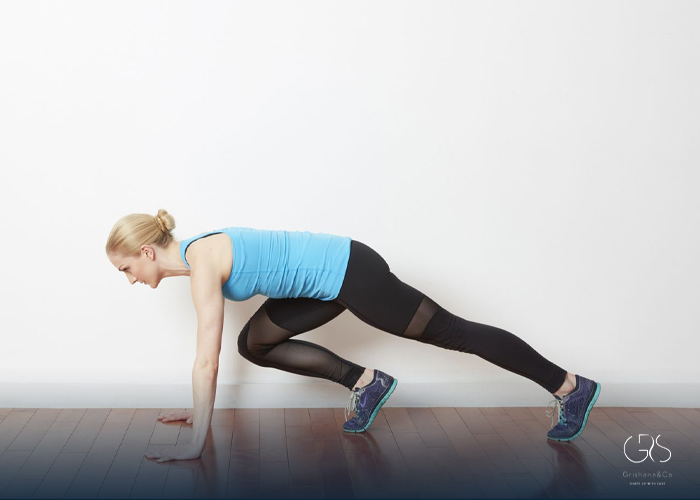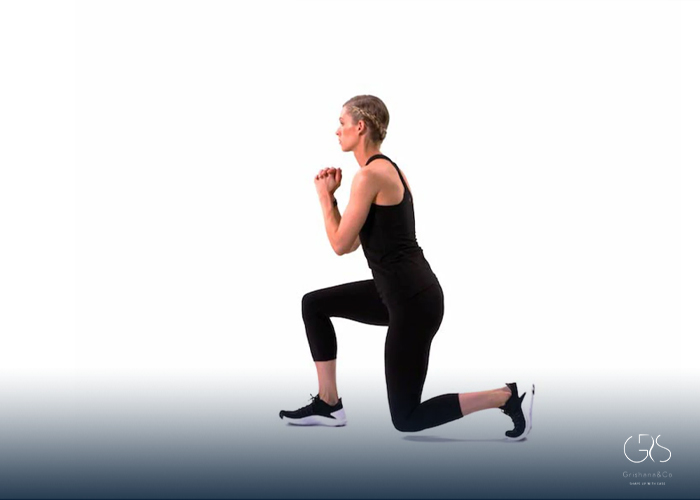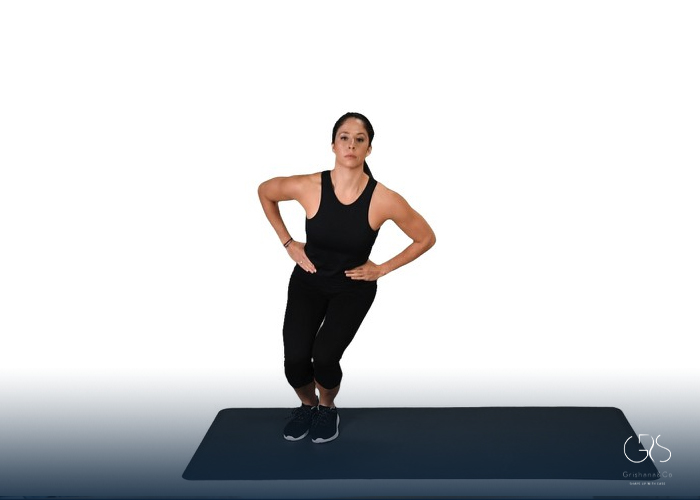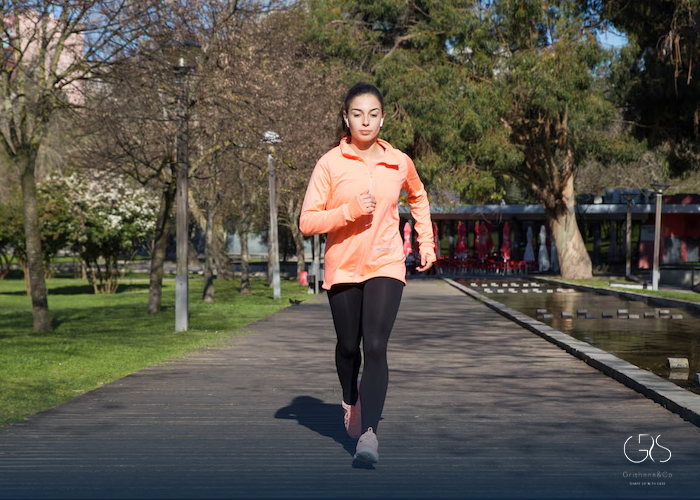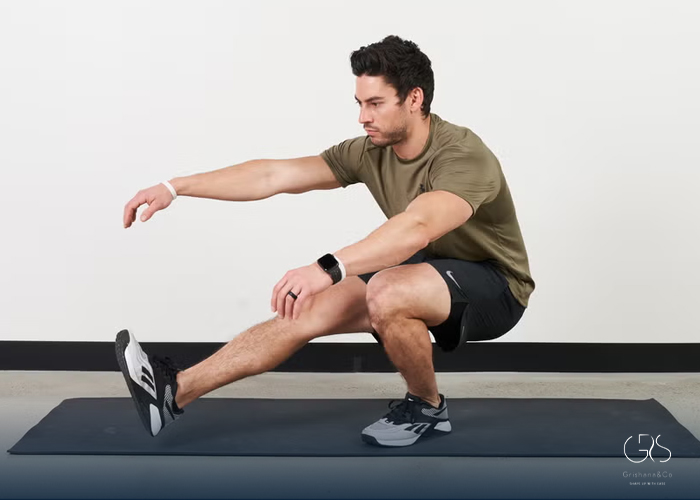Exercise is essential for maintaining good physical and mental health. Among the various types of exercises available, plyometric exercises have gained significant popularity due to their ability to enhance athletic performance and improve overall fitness. In this article, we will explore the benefits of plyometric exercises and discuss the 9-move cardio workout, which incorporates plyometric movements. We will also consider diverse perspectives to provide a holistic understanding of these exercises.
Benefits of Plyometric Exercises
Plyometric exercises, also known as jump training or explosive exercises, involve rapid and powerful muscle contractions following a stretching phase. These exercises primarily target the fast-twitch muscle fibers, which are responsible for generating explosive power and speed. The benefits of plyometric exercises include:
- Improved Athletic Performance: Plyometrics are widely used by athletes to enhance their performance in sports that require explosive strength, such as basketball, volleyball, and sprinting. According to research conducted by the Department of Kinesiology at Texas Christian University, plyometric training can significantly improve jumping performance and sprinting speed.
- Increased Power and Strength: Plyometric exercises develop muscular power by enhancing the rate of force production. Regular incorporation of plyometric movements helps individuals generate explosive power in a variety of functional movements. A study published in the Journal of Strength and Conditioning Research found that participants who underwent plyometric training experienced significant improvements in lower body power and strength.
- Enhanced Cardiovascular Fitness: Plyometrics, when performed in a high-intensity manner, elevate heart rate and provide a cardiovascular workout. According to a study published in the Journal of Sports Science and Medicine, high-intensity plyometric exercises increase oxygen consumption and have a positive impact on cardiovascular fitness.
- Better Bone Health: Plyometric exercises impose a high-impact load on bones, which stimulates bone formation and improves bone density. Regular participation in plyometric training can help prevent osteoporosis and reduce the risk of fractures. A study published in the Journal of Sports Medicine and Physical Fitness revealed that plyometric exercises significantly improve bone mineral content and bone mineral density in young women.
The 9-Move Cardio Workout
The 9-move cardio workout is a high-intensity cardio routine designed to enhance cardiovascular fitness and incorporate plyometric movements. Here are the nine moves included in this workout:
- Mountain Climbers: Start in a push-up position and alternate bringing each knee towards the chest, simulating a climbing motion. Mountain climbers engage the core, upper body, and provide a cardiovascular challenge.

- Burpees: Begin in a standing position, drop into a squat, kick the feet back in a plank position, perform a push-up, then jump explosively and repeat. Burpees are an effective full-body exercise that combines cardio and strength.

- Lunge Jumps: Start in a lunge position and explosively jump to switch leg positions. Lunge jumps improve lower body strength and power while providing a cardiovascular challenge.

- Squat Jumps: Begin in a squat position and explosively jump upward. Squat jumps target the lower body muscles and improve explosive power.
- Pike-Ups: Start in a push-up position with hands directly under the shoulders and feet on a Swiss ball or stability ball. While keeping the legs straight, use the core muscles to roll the ball towards the chest. Pike-ups engage the core and improve stability.
(To learn more about the benefits of push-ups, I suggest that you read my article.)

- Skater Jumps: Leap from side to side, landing on one foot while keeping the other foot behind. Skater jumps target the legs, glutes, and improve balance and coordination.

- Tuck Jumps: Start in a standing position and jump explosively, pulling the knees towards the chest. Tuck jumps strengthen the lower body while requiring explosive power.

- Lateral Hurdle Hops: Set up hurdles or cones and laterally leap over them with both feet together. Lateral hurdle hops enhance agility, coordination, and cardiovascular fitness.

- High Knees: While running in place, bring the knees as high as possible. High knees engage the core, quadriceps, and improve cardiovascular endurance.

Conclusion
Plyometric exercises offer numerous benefits, including improved athletic performance, increased power and strength, enhanced cardiovascular fitness, and better bone health. The 9-move cardio workout combines plyometric movements with cardiovascular training, providing a comprehensive workout. Regular inclusion of plyometric exercises in a training routine can lead to significant physical fitness improvements. However, it is important to consider individual fitness levels and physical limitations before engaging in high-intensity exercises.
Diverse perspectives on exercise can further contribute to the understanding and utilization of plyometric exercises. Individuals with joint or cardiovascular issues may need to modify or avoid certain plyometric movements to prevent injuries. Additionally, proper warm-up and cool-down exercises, along with progressive training, are crucial to minimizing the risk of overexertion.
Sources
- National Library of Medicine, Effects of Plyometric Training on Physical Performance
- nature, Effects of plyometric training on health-related physical fitness in untrained participants: a systematic review and meta-analysis



